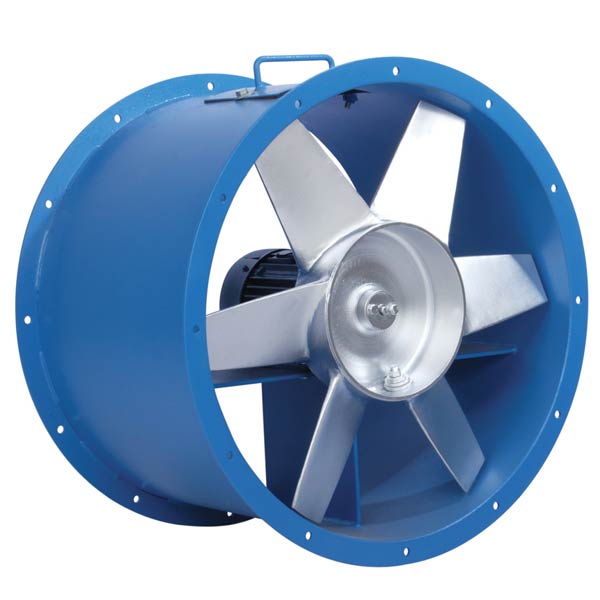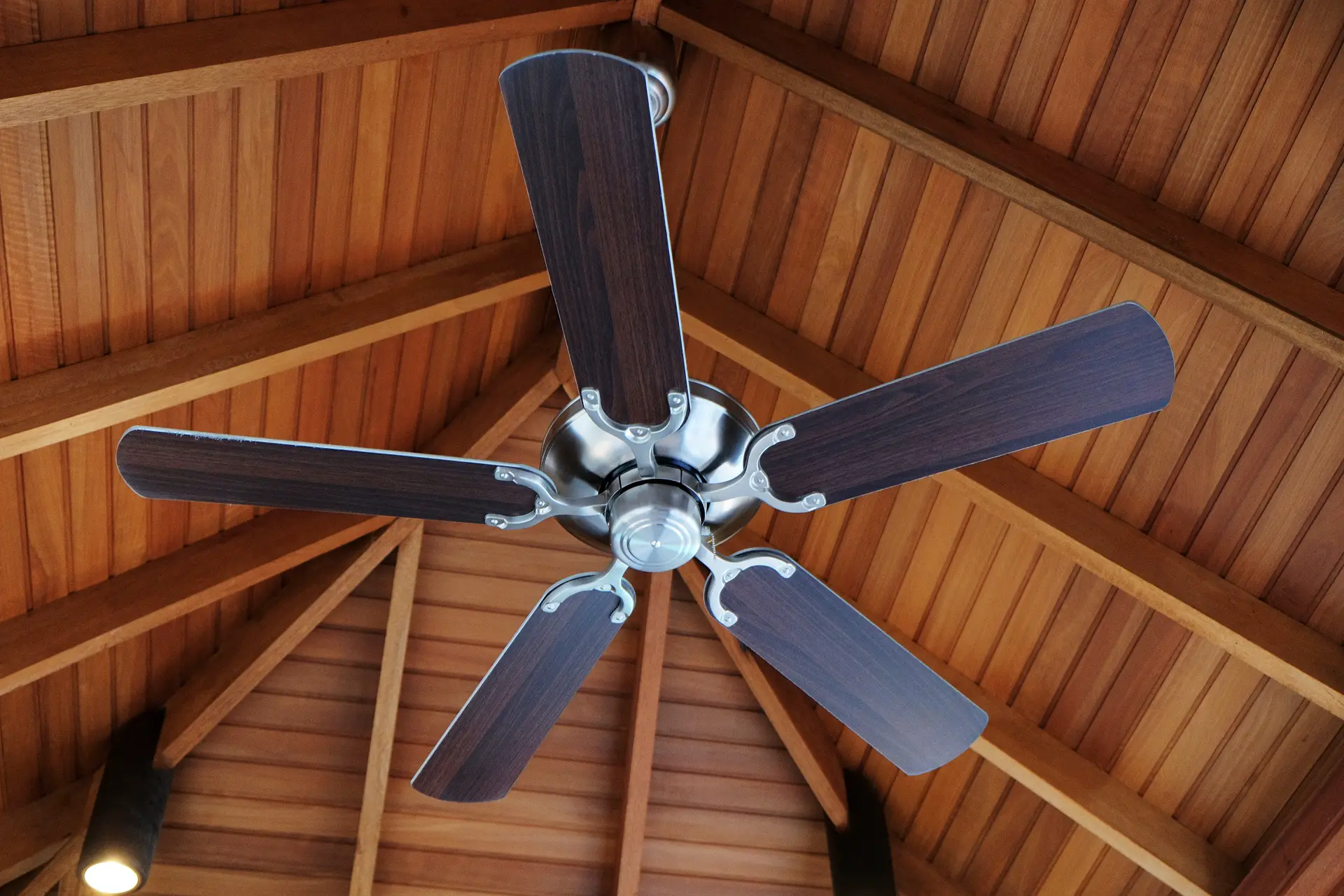

It’s simple the cubic feet per minute of airflow divided by the number of watts. The math behind the efficiency rating is simple if it’s not already provided to you. Fans with higher figures are more efficient than those with lower ratings. This rating tells you how much air is moved by the fan per watt of electricity used. In addition, your fan should have an “airflow efficiency” rating. Just as with the the CFM measurement, fans will tell you the amount of electricity it uses at high speed. So if you are using your fan instead of the A/C, you’ll likely be saving money on your electric bill. The great news about fans is that they will use less energy than just about any air conditioner you can find. Keep in mind that different styles of fan and fan blades will impact the CFM, so even if two fans are the same size, they could have dramatically different air flows. The fan box or its online listing will show the CFM clearly for consumers, such as the image below: Beyond that, you want to compare the air flow between fans of similar sizes so that you are comparing apples to apples. So if you want to the most air movement possible, go with the largest fan for your space. Obviously, the larger the fan, the more CFM it will push.

The higher the CFM, the more air the fan will move.

Fans measure airflow in cubic feet per minute or CFM. Perhaps the most important factor in the ceiling fan that you buy is the amount of air is pushes. If the light on your fan doesn’t have bulbs included, we’d suggest using LED bulbs that can be picked up from any home improvement store. These types of light also typically last for years longer than a regular light bulb. And you can always just leave it off if you don’t want to use the light.ĭoes the type of light matter? These days most lights included are LED, which use drastically less power - and put off a lot less heat - than traditional incandescent bulbs. Even if you don’t think you need the light, it’s a nice thing to have. Given the location of a fan in the room - usually in the very middle of the room - it’s useful to have a light. Not every fan comes with a light kit attached, but we’d highly suggest you only look at fans that have lights included. If you find a fan that’s slightly larger or slightly smaller than what’s suggested, that’s fine. Keep in mind these aren’t hard rules, but suggested guidelines. Room size Room size 75-140 square feet: One fan between 42-44 inches.Room size 140-225 square feet: One fan between 52-54 inches.Room size 225-400 square feet: One fan between 54-72 inches.Room size > 400 square feet: Multiple fans between 54-72 inches.Use the following guidelines to size your ceiling fan appropriately for your room: Obviously, the size of the fan depends on your room size. Common sizes includes 72 inches, 54 inches, 42 inches, 36 inches, and a number of options in between. Too large a fan and the breeze it provides could be overwhelming.įans are measured in the diameter of the circle made by the fan when in operation. Too small of a fan and you won’t get the air movement required to make you feel cooler. From the size to the energy rating, here’s all the items you should consider - beyond the style of fan that looks best in your room.īefore you start to even think about buying a fan, you need to know what size you are looking for. It doesn’t matter how much air the fan pushes if it sticks out like a sore thumb.īeyond that, however, there are a number of factors you should consider when buying a new ceiling fan. For most people the biggest factor in selecting a ceiling fan is its look and design. If you’ve been looking to buy a new ceiling fan - or replace your old one - there’s no doubt that you’ve looked at plenty of options. Considering that a good ceiling fan can be bought for just a couple of hundred dollars (or less), it’s a piece of equipment in your home that can easily pay for itself over its life. According to, a ceiling fan will allow you to raise the thermostat four degrees without reducing your comfort.Ĭonsidering the cost it takes to run an air conditioner, being able to turn the thermostat four degrees warmer means considerable savings. While fans don’t actually cool rooms, they do have a dramatic effect on cooling down people. When it comes to feeling cooler in your home, there isn’t much that’s better than buying and installing a ceiling fan.


 0 kommentar(er)
0 kommentar(er)
